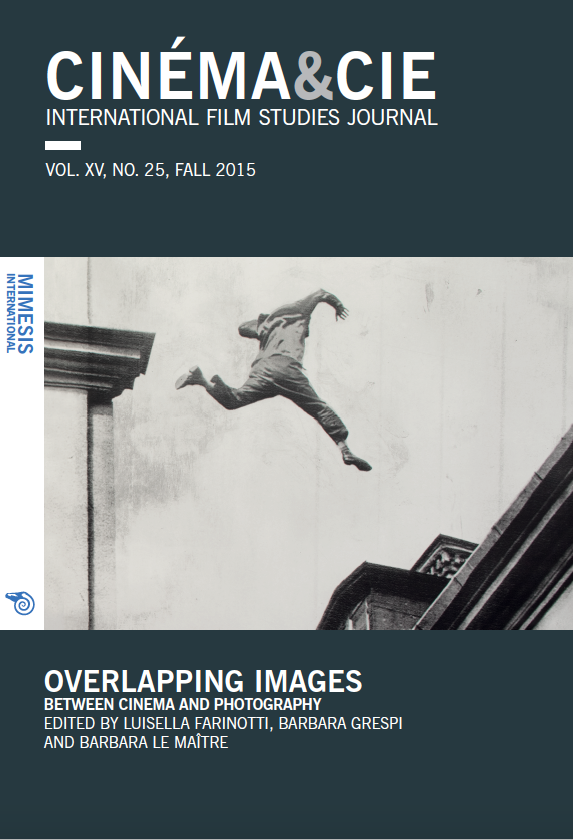Still-moving Engrams: The Ecstasy of Bodily Gestures in Chronophotography and its Contemporary Reproductions
Abstract
In the 1880s chronophotograpic still images dissected the otherwise indistinguishable stages of bodily movement, revealing both the discontinuities between still images that are hidden in cinematic images, and the details of gestures that are imperceptible to the human eye. According to recent film theory, chronophotography reveals that aesthetic fruition is not based on continuity alone, but also on instantaneity, discontinuities of movement and the dichotomy of immobility and motion. The essay argues that chronophotography can express the dynamis of Warburg’s engrams and Ėjzenštejn’s expressive movement, as well as its organic nature and the qualitative changes it enacts on the body. In Ėjzenštejn’s opinion, the changes that occur in the work of art trigger the spectator’s imitative process, which in turn is responsible for ecstatic flow.
The article considers Choros (Langan and Maher, 2011) and the media art project White Horse Hills (Wood, 2002), both of which render chronophotographic, engram-like images of movement through digital techniques. In their analysis, I claim not only that they both emphasize their chronophotographic effect, but moreover that they strengthen the dynamis of gesture, thus demonstrating its importance in aesthetic fruition when it is in line with the laws of nature.






